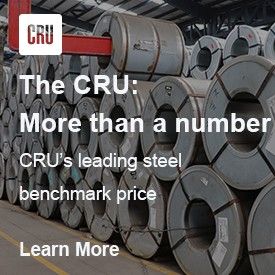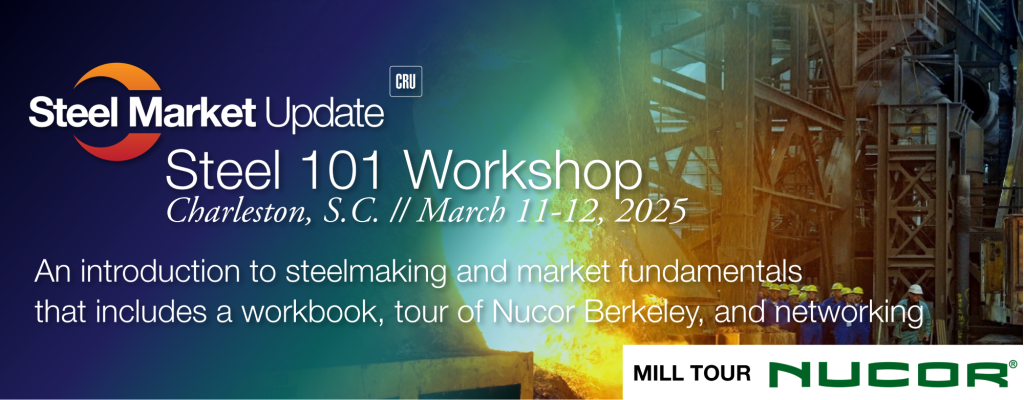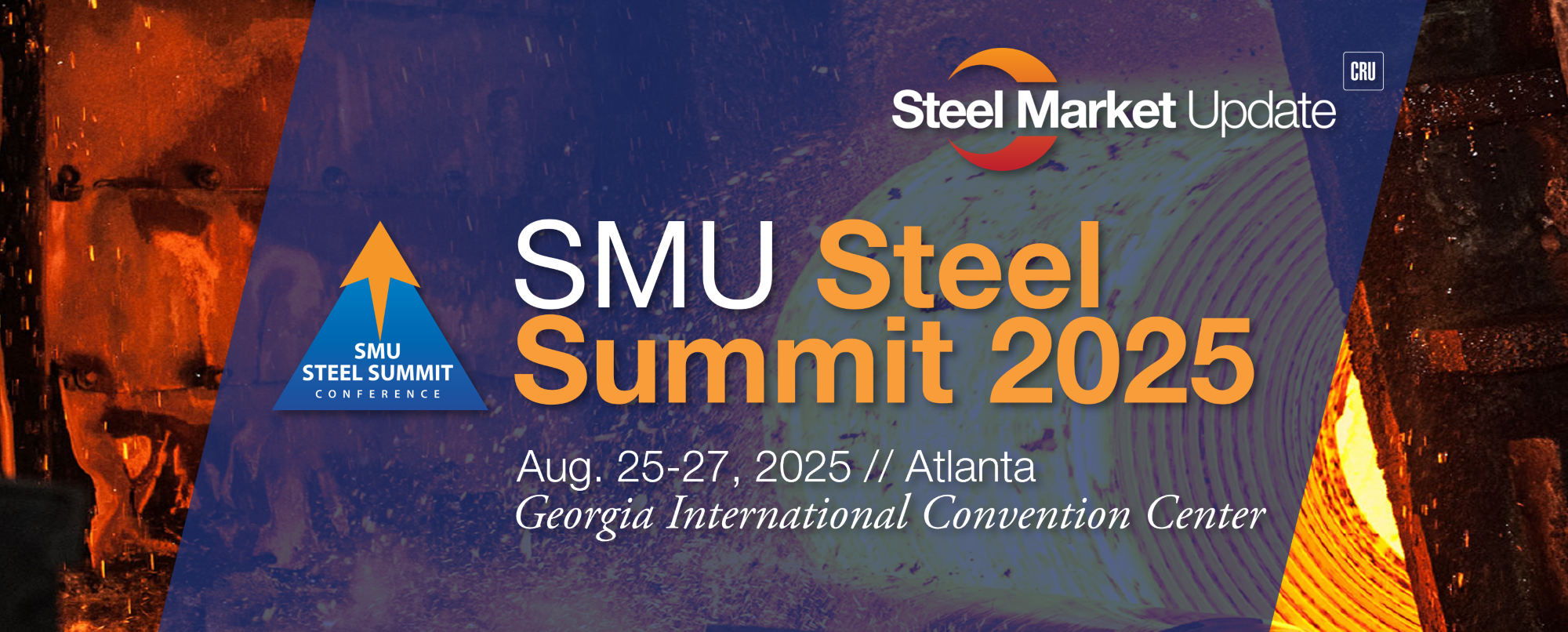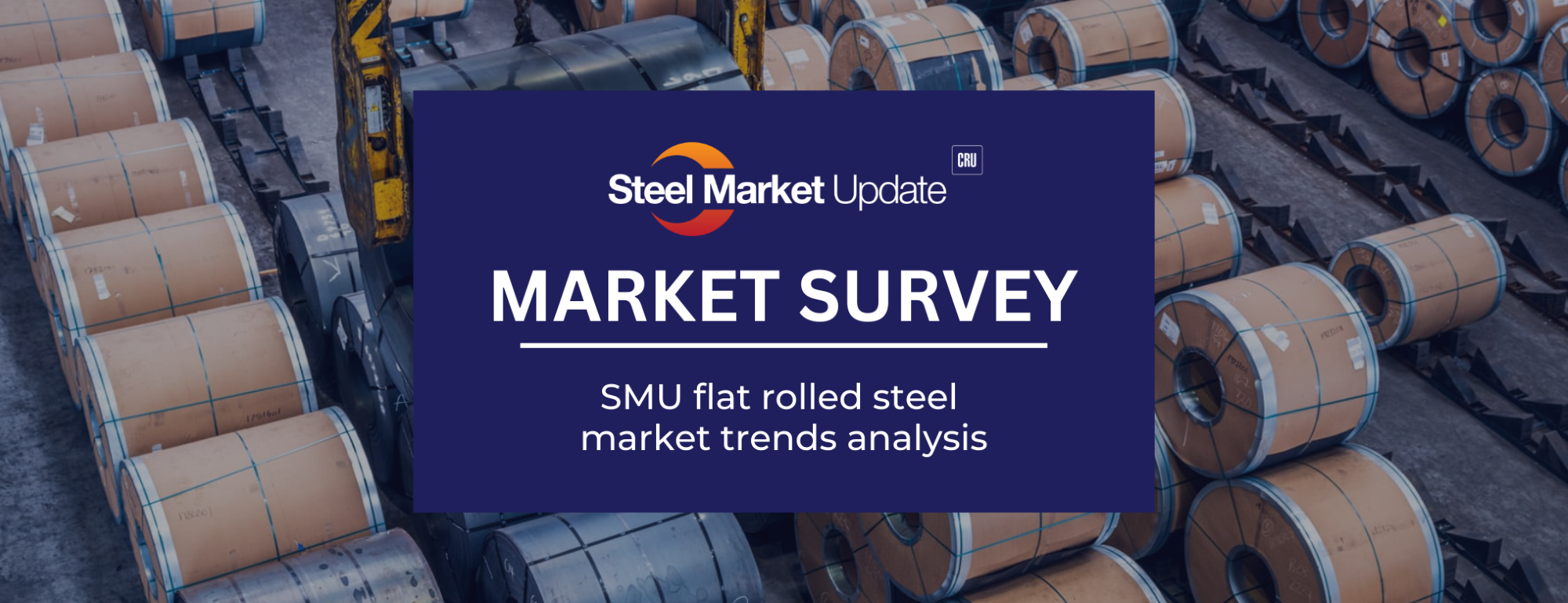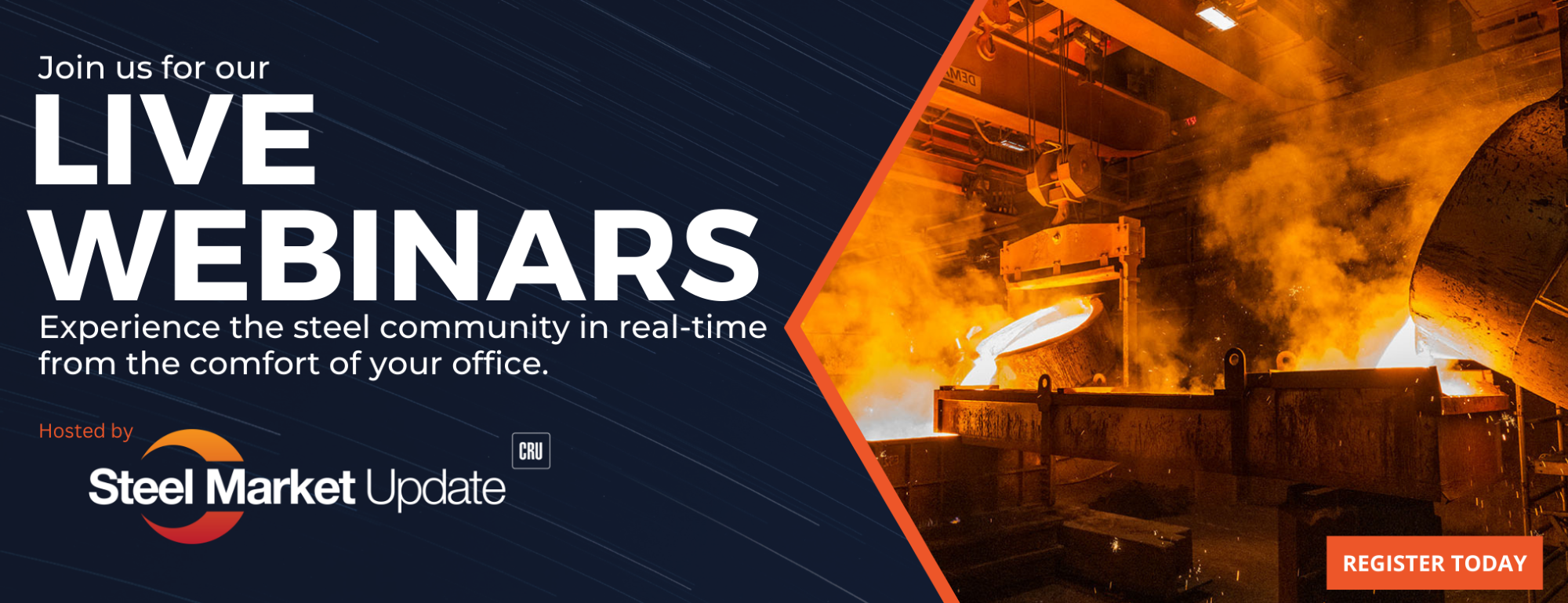
Where the steel community comes together
Keeping a finger on the pulse of the flat-rolled steel market with the latest steel news, prices, and industry updates
Latest news
What we do
Pricing
Steel Market Update produces weekly price assessments, news, and analysis of market trends affecting prices and sentiment on the US steel market.
Trends and Analysis
Sentiment, Inventories, Prices, and Key Market Indicators – everything you need to quickly adapt in the dynamic steel industry.
Events and Training
We are proud to be an industry leader with our nationally recognized trainings and events, like the Steel Summit Conference and Tampa Steel Conference. We offer in-person and virtual workshops in our Steel Industry Training Program across the country facilitated by industry experts.
Advertising
Maximize your reach to your target market through an advertising partnership with Steel Market Update. Advertising with Steel Market Update ensures optimal visibility, allowing you to effectively convey your unique message to companies involved in flat rolled steel products and markets.
Latest news

AISI: Raw steel output slips following six-month high
Domestic steel mill production was estimated at 1,656,000 short tons (st) for the week ending April 5 (Figure 1), down 41,000 tons or 2.4% from the previous week.

Trump orders new CFIUS review for USS
President Trump has ordered a new review of Nippon Steel’s proposed buy of U.S. Steel, to be completed within 45 days.

US light-vehicle sales accelerate in March
US light-vehicle (LV) sales increased to an unadjusted 1.59 million units in March, more than a 30% surge over February and 10.7% above year-ago totals, according to US Bureau of Economic Analysis data.

Construction adds 13,000 jobs in March
The construction sector added 13,000 jobs, seasonally adjusted, in March, but tariffs could undermine the industry.
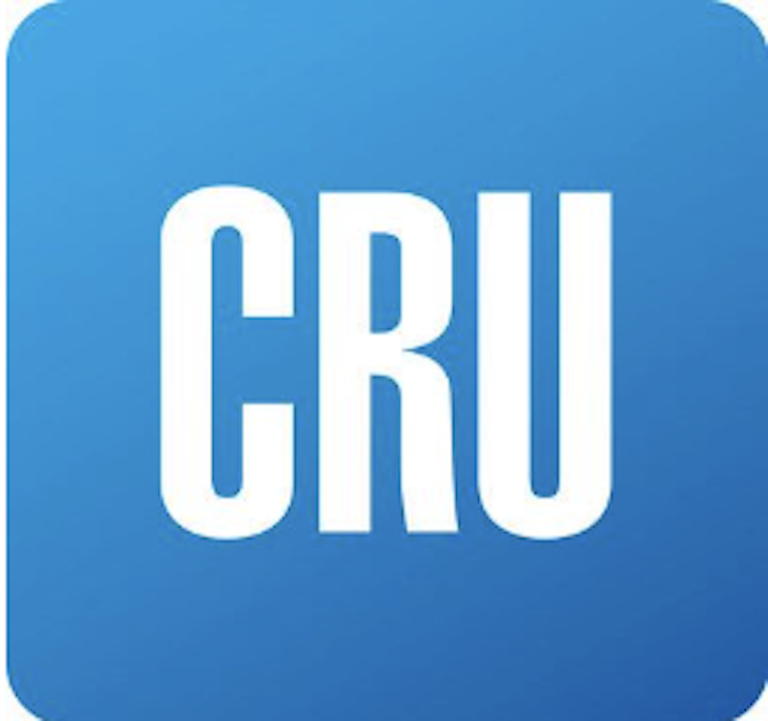
CRU: ‘Liberation Day’ brings sweeping US tariffs
For trading partners, the tariffs will reduce demand for exports and depress growth. Over the coming days, trade partners will almost certainly announce retaliation, which will hit US exports.

Nucor’s weekly spot HR price unchanged, again
Nucor’s consumer spot price (CSP) for hot-rolled (HR) coil remains unchanged again this week. The pause over the past two weeks stands in contrast to the nine-week rally that saw the company increase prices regularly by double-digits. The Charlotte, N.C.-based steelmaker told customers on Monday that this week’s consumer spot price (CSP) for HR coil […]

Final Thoughts
Respondents to the SMU Survey weigh in on the steel landscape.

Leibowitz: The blowback from Trump’s ‘Liberation Day’ tariffs has only just begun
Tariffs are taxes that the government collects. Funds are disbursed by acts of Congress. If domestic companies, including manufacturers, are to benefit from “protective” tariffs, they must raise their prices as well. Maybe not by the entire amount of the tariffs, but by some. Inflation will come.

SMU Week in Review: March 31 – April 6
The constant flow of information we all receive can be a little overwhelming, but SMU is here to help with a snapshot of the week.
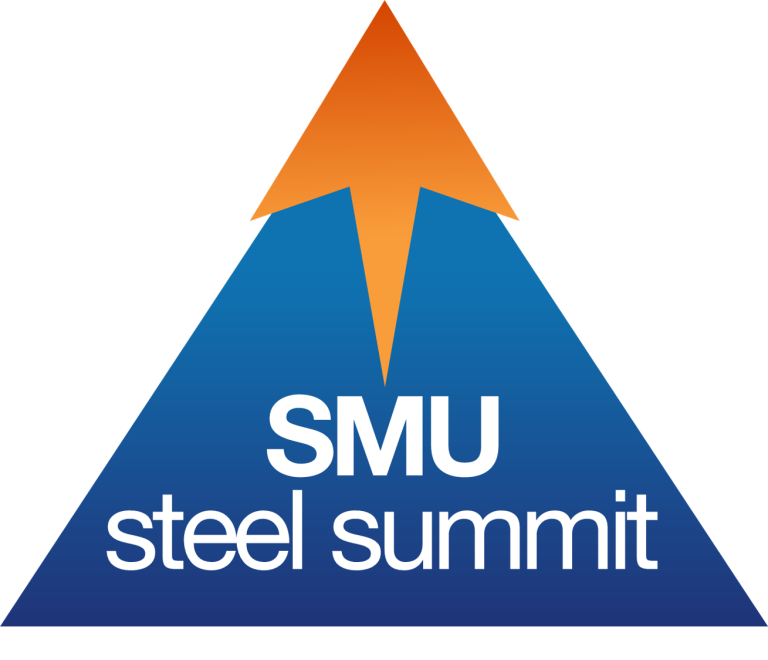
SMU Steel Summit 2025: Prime hotel spots are nearly gone!
After last year’s historic turnout, the buzz around SMU’s Steel Summit 2025 is picking up. So, it’s no surprise room blocks are going quick, and I mean FAST. Get ready for another blockbuster event! This year’s meeting of the North American flat-rolled steel industry is shaping up to be another record-setting gathering with a timely […]

SMU Steel Survey: Sentiment Indices dip as buyer optimism softens
SMU’s Buyers’ Sentiment Indices experienced multi-point declines this week, though both remain positive and continue to reflect optimism among steel buyers for their companies’ ability to be successful.

SMU Scrap Survey: Current Buyers’ Sentiment flat, Future Sentiment tumbles
SMU’s Current Scrap Buyers’ Sentiment Index remained flat this month, while the Future Sentiment Index declined.
Featured
Pricing
Interactive Pricing Tool
Chart steel and scrap prices against key indicators with our Interactive Pricing Tool.
Flat-Rolled Steel Prices
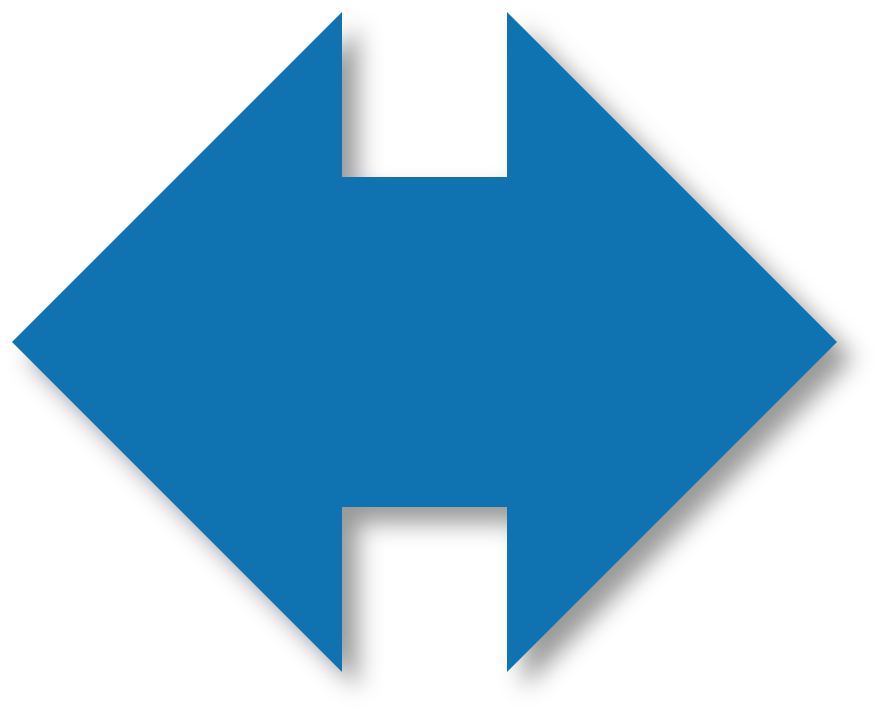
Steel Pricing Momentum
Flat Rolled Lead Times
Steel Buyers’ Sentiment
Mill Spot Price Negotiations

